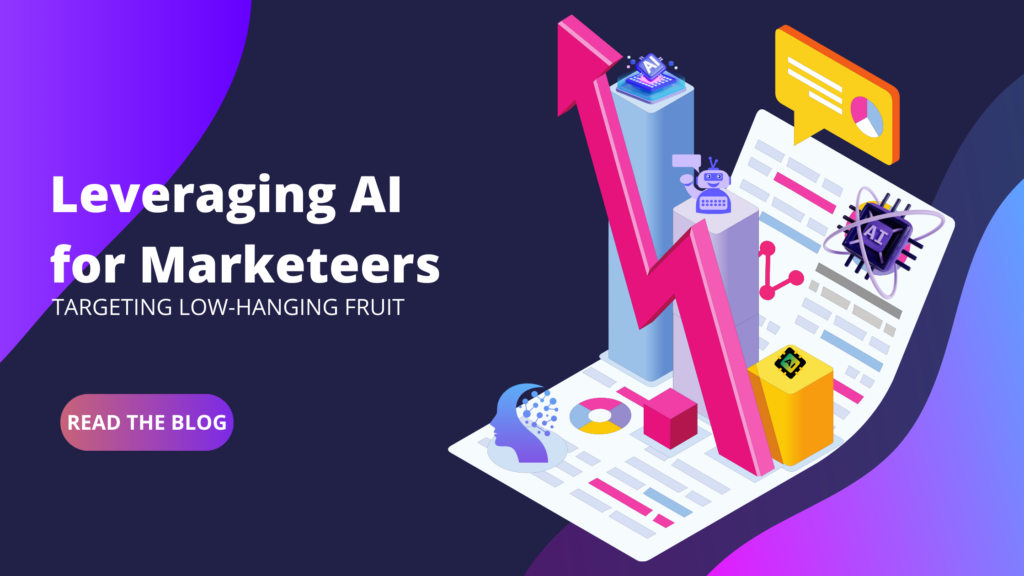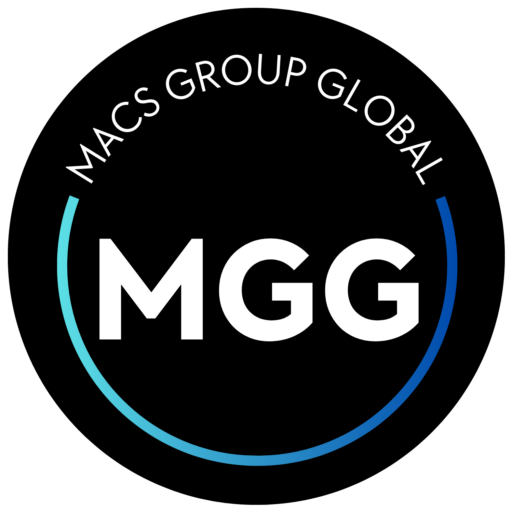
What does success mean for marketeers, heading into the head winds of lead generation.
In today’s digital age, marketers are constantly on the lookout for strategies that can yield quick and substantial returns. Artificial Intelligence (AI), is a powerful tool transforming the realm of demand generation. AI’s ability to analyze vast amounts of data and derive actionable insights presents marketers with numerous opportunities to target low-hanging fruit—those easy-to-reach opportunities that can drive immediate and significant results.
1. Personalization at Scale
One of the most significant advantages AI offers is the ability to deliver personalized experiences at scale. In a world where consumers expect tailored interactions, AI can analyze customer data to identify preferences and behaviors. This enables marketers to create highly personalized content and offers, increasing engagement and conversion rates. For instance, AI-driven email marketing platforms can segment audiences and craft individualized messages, ensuring that each recipient receives content that resonates with their specific needs and interests.
2. Predictive Analytics for Targeting
Predictive analytics, powered by AI, allows marketers to forecast future trends and customer behaviors based on historical data. By identifying patterns and predicting outcomes, marketers can target prospects who are most likely to convert. This reduces the time and resources spent on less promising leads. For example, AI can analyze a company’s CRM data to pinpoint which leads are most likely to progress through the sales funnel, enabling sales teams to prioritize their efforts on high-potential prospects.
3. Chatbots for Instant Engagement
AI-powered chatbots are revolutionizing customer engagement. These intelligent agents can interact with visitors in real-time, answering queries, providing product recommendations, and even guiding users through the purchasing process. This immediate engagement not only improves the customer experience but also captures leads that might otherwise be lost. For instance, a chatbot on an e-commerce site can assist shoppers with product searches, recommend items based on browsing history, and facilitate quick checkouts, all of which can boost sales.
4. Content Creation and Optimization
Creating relevant and engaging content is a cornerstone of demand generation. AI tools can assist in generating high-quality content by analyzing trending topics, keywords, and audience preferences. AI-driven platforms like Jasper and Copy.ai can produce blog posts, social media updates, and other forms of content that align with current market trends and audience interests. Additionally, AI can optimize existing content by suggesting improvements that enhance readability and SEO performance, increasing the likelihood of attracting organic traffic.
5. Social Media Listening and Sentiment Analysis
Understanding customer sentiment and engagement on social media is crucial for demand generation. AI can analyze social media conversations to gauge public sentiment towards a brand or product. This insight allows marketers to adjust their strategies in real-time, addressing negative feedback or capitalizing on positive trends. Tools like Brandwatch and Sprout Social use AI to provide in-depth sentiment analysis, helping marketers to understand and respond to their audience more effectively.
AI is not just a futuristic concept; it is a practical tool that marketers can leverage today to achieve impressive results. By tapping into AI’s capabilities for personalization, predictive analytics, real-time engagement, content creation, and social listening, marketers can target low-hanging fruit with precision and efficiency. These strategies not only drive immediate demand but also build a foundation for sustained growth, making AI an indispensable asset in the modern marketer’s toolkit.
Reach out to info@macsgroupglobal.com for more information or to schedule a free consultation on leveraging AI tools for improved results in your marketing organization.
